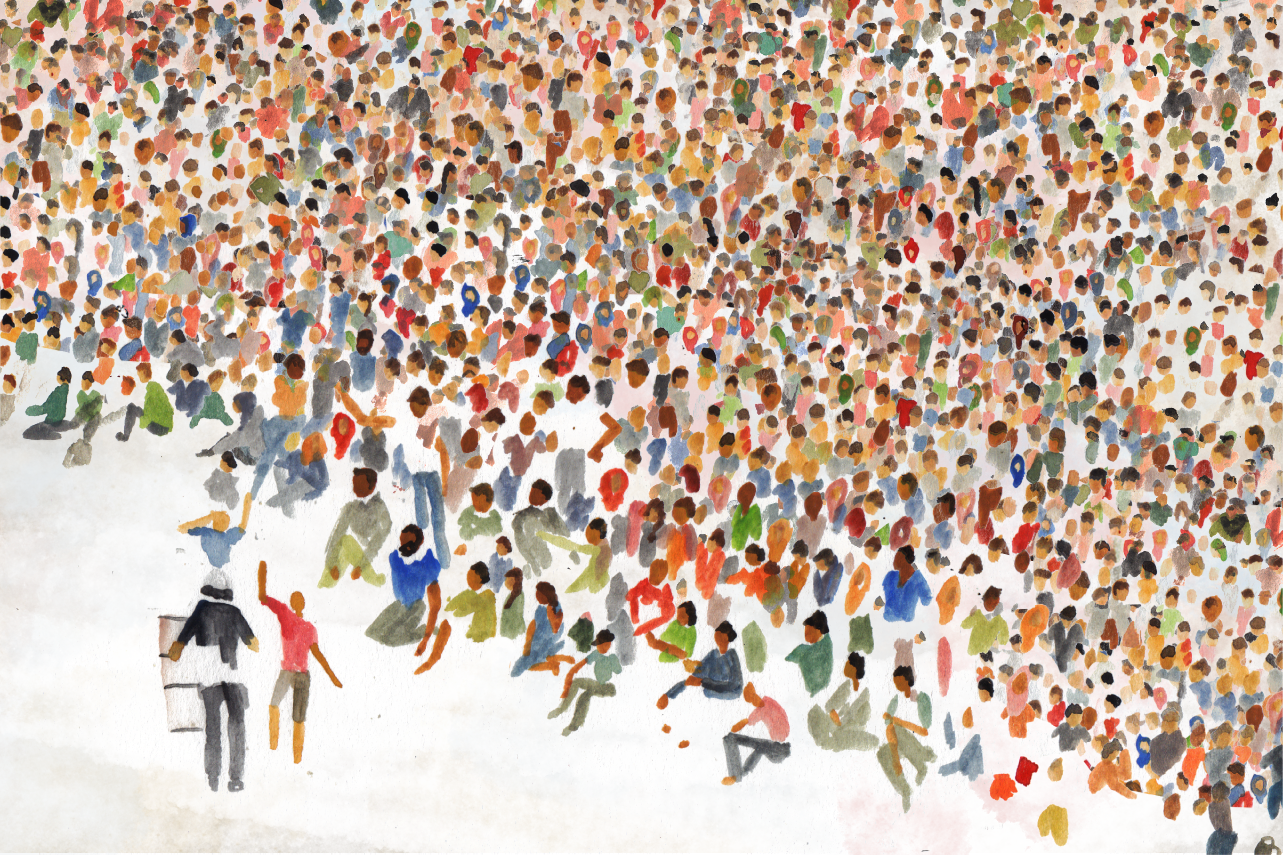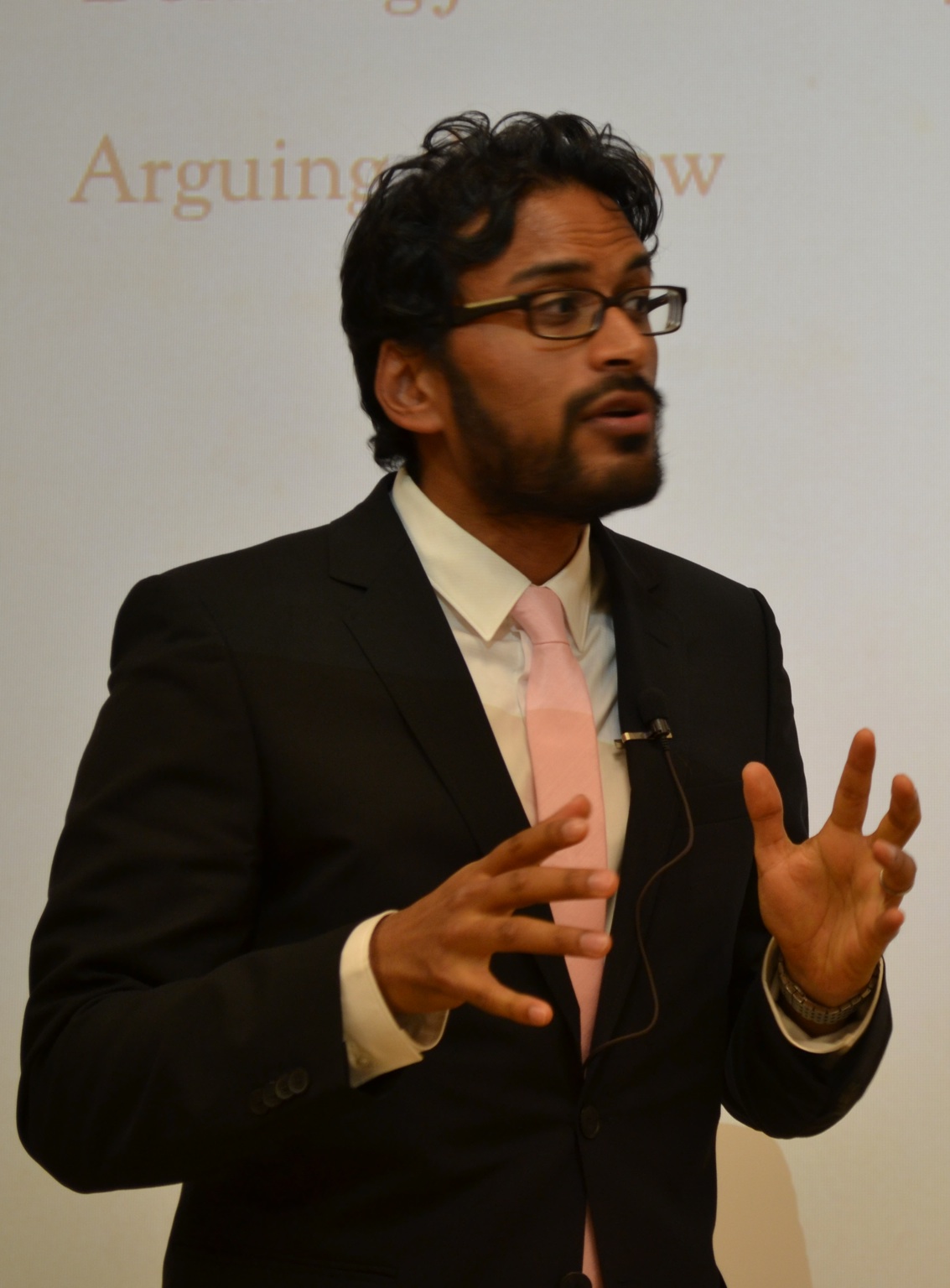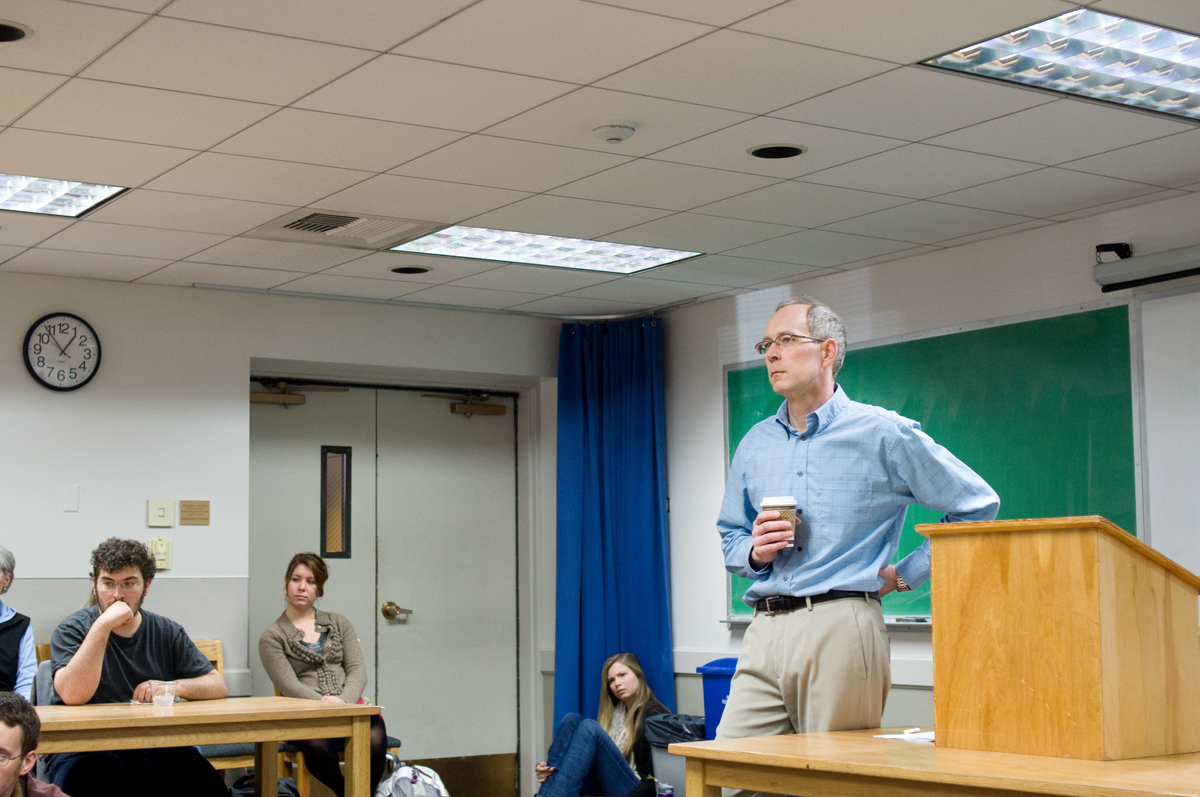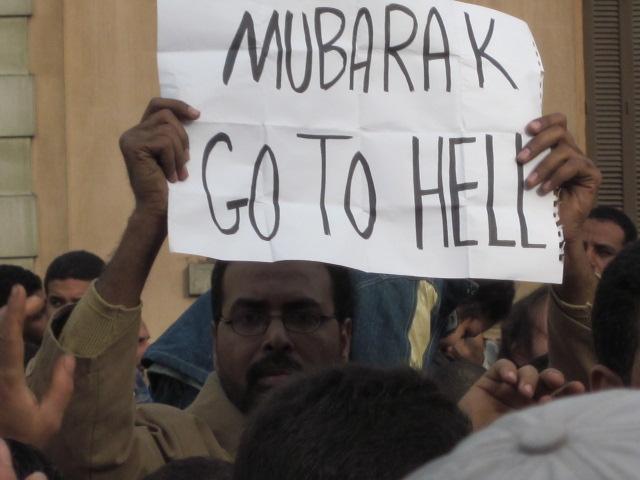
By Courtney Seyl
Peter Wieben visited campus this past week and showed a different perspective on the Egyptian revolutions and the migration crisis in the Middle East and Europe. Wieben has experience with telling his own story through drawings, so he decided to show the stories of others through the same means. He visited the refugee camps in Calais, France and Lesvos, Greece and recounted the stories of the people there. He witnessed real human interaction and people trying to help people in desperate situations.
Wieben moved to Egypt to be closer to his then-girlfriend.
“To cut a long story quite shorter, the revolution happened. It was the sort of situation where I saw a lot of my friends were among the people that were injured or killed or affected a lot psychologically by the violence and what was happening,” Wieben said.
During the revolution, Wieben observed his own friends and family members taking part in the protests; yet Wieben himself was scared of what was happening and decided to stay home. It wasn’t until one day, when his street was unnaturally quiet, that he looked out the window and saw a man. The man pointed at his own eyes and looked at Wieben; it was then that he knew he had to tell his story.
Wieben was appalled at the way the media was portraying the events surrounding him, so he decided to take matters into his own hands.
“I saw that the way it was portrayed in television and print media was very sensational and the idea that where the camera is pointing is toward this sort of iconic image of the protestor or the violence or the police or the tear gas and given that I had experienced it personally with my city, I wanted to show another side of it, on a more human scale than what I was seeing on TV. I wanted to show a more human level of what it was like living this. The drawings were just one of the tools I had at my disposal. I wasn’t a journalist so I just sort of said, ‘Okay, I’m going to try whatever I can do to tell the story the best way I can.’ This is naturally what came out. They are just simple little things, but they are my way of trying to depict what I saw and it was mostly just a desire that I had something to say and no way to say it. So I had to invent my own language to communicate it,” he said.
It wasn’t until an incident in Rabaa Square in 2013 that Wieben and his wife decided to leave Cairo for Europe. Nearly 1000 people died on August 14, 2013 when armored vehicles opened fire on a protest in the square. Wieben described how his friends had walked through so much blood, that they had to throw their socks and shoes away. “You can’t live there after that.”
When Wieben began his journey to Europe, he had a realization about what role he had obtained during the revolution.
“As I sort of reflected and did this work, it occurred to me that, technically, I was part of this crisis. This was a big part of the reason that the story really spoke to me. It’s something that made the story something that really pulled me towards it. [My involvement in the crisis] constantly causes me to reflect on the impact that an American passport has and the ability to hire a lawyer has. Because I showed up and I had a bit of the ability to speak to a Dutch lawyer and say ‘I’d like live here’ and ‘How do I manage this?’ They walk you through it. But to compare that experience with what I saw in Greece, for example, people are coming on tiny boats with no driver and just a little on board motor, it really puts it in perspective. It just shows you, the sort of privilege you sort of take for granted and that it’s really profound.”
How can students help the refugees? Start local in Tacoma and Seattle with the hungry and homeless here. Tell a story about these people and show others life through their eyes and know that the opportunity to help will come along sooner or later.
For more information about Peter Wieben and his art visit peterwieben.com.



